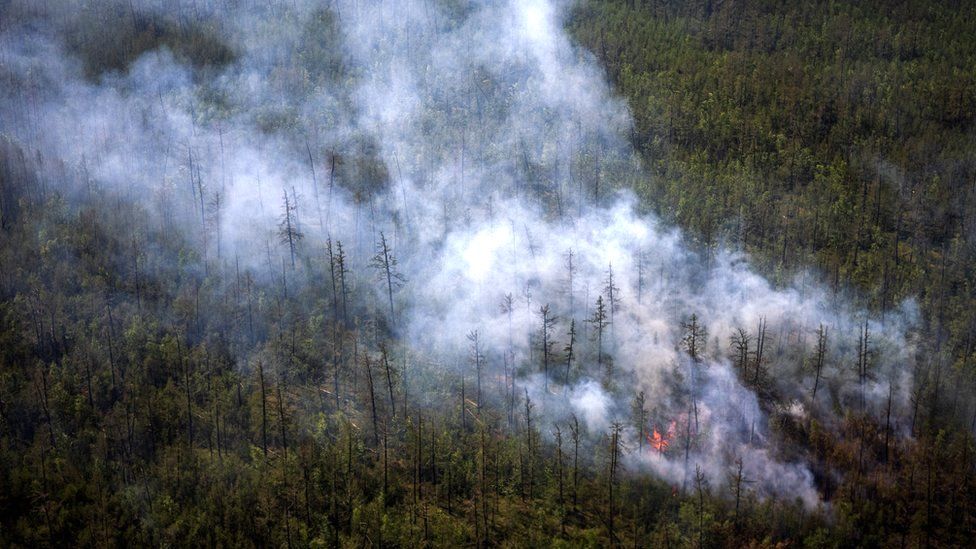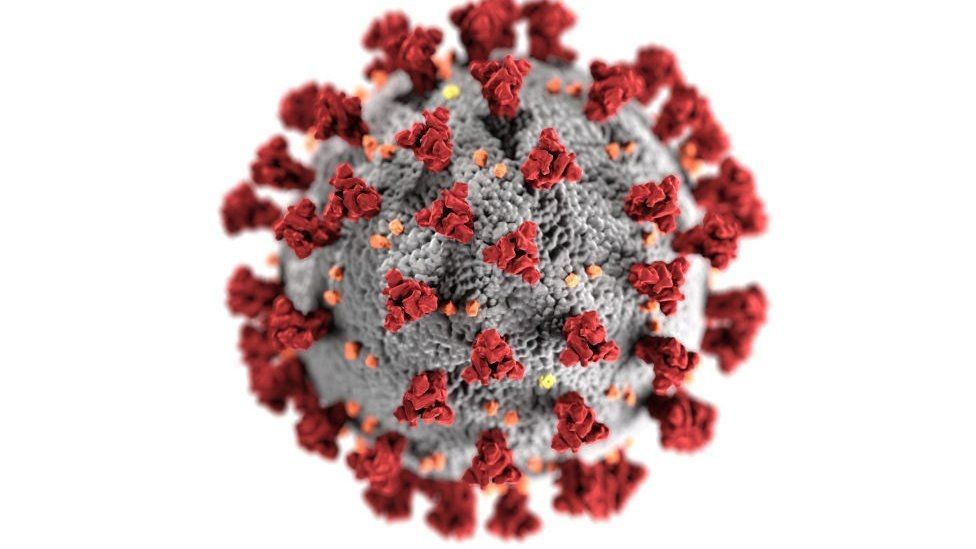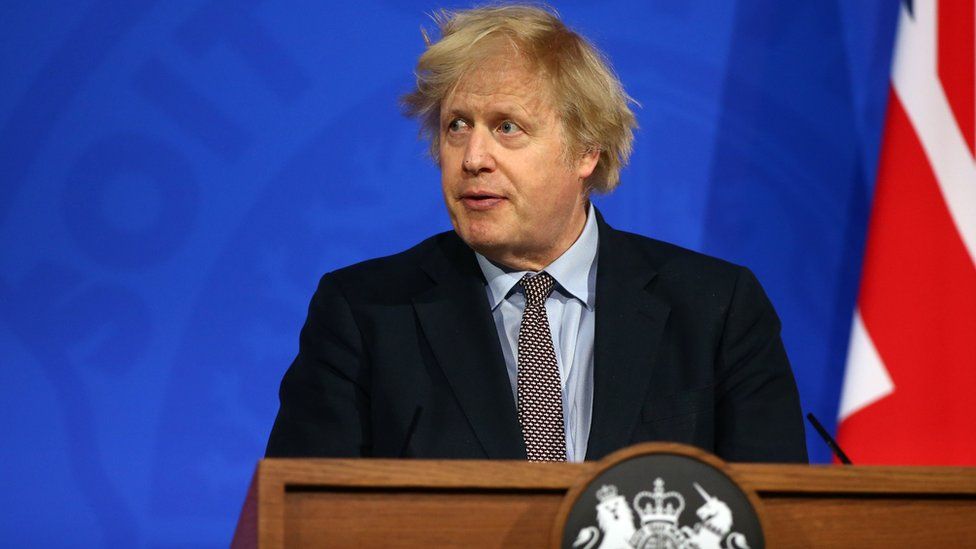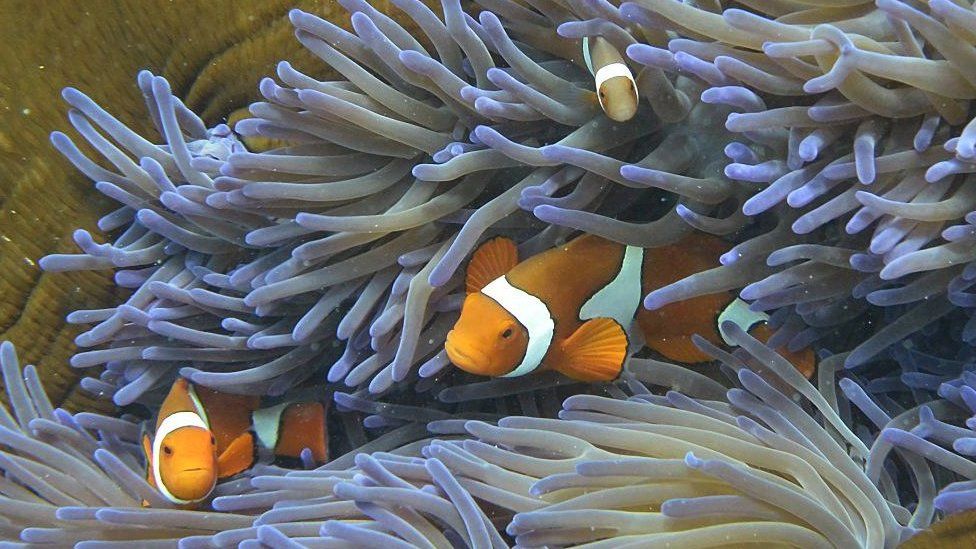Arctic heat record is like Mediterranean, says UN

Dec. 14: The highest temperature ever recorded in the Arctic - 38C (100F) - has been officially confirmed, sounding "alarm bells" over Earth's changing climate.
The World Meteorological Organization (WMO) on Tuesday verified the record, reported in the Siberian town of Verkhoyansk on 20 June last year.
The temperature was 18C higher than the area's average daily maximum for June.
The WMO, a UN agency, said the extreme heat was "more befitting the Mediterranean than the Arctic".
It is the first time the agency has included the Arctic Circle in its archive of extreme weather reports.
The WMO said the 38C temperature was measured at a meteorological station during "an exceptional and prolonged Siberian heatwave".
Last year's extreme heat in the region contributed to the spread of wildfires, which swept across the forests and peatlands of northern Russia releasing record amounts of carbon.
While relatively common in the summer months, high temperatures and strong winds made the fires unusually severe.
The high temperatures across Siberia led to "massive sea ice loss" and played a major role in 2020 being one of the three warmest years on record, the WMO said.
The WMO said its verification of the Verkhoyansk record highlighted how temperatures were increasing in a climatically important region of the world.
"This new Arctic record is one of a series of observations reported to the WMO Archive of Weather and Climate Extremes that sound the alarm bells about our changing climate," said WMO Secretary-General Petteri Taalas.
The agency said it had added the Arctic Circle to its World Weather and Climate Extremes archive under a new category for high temperatures in the region.
The Arctic is one of the fastest-warming regions in the world, heating at more than twice the global average, the WMO said.
Warming in the Arctic is leading to the thawing of once permanently frozen permafrost below ground.
This is alarming scientists because as permafrost thaws, carbon dioxide and methane previously locked up below ground is released.
These greenhouse gases can cause further warming, and further thawing of the permafrost, in a vicious cycle known as positive feedback.
The higher temperatures also cause land ice in the Arctic to melt at a faster rate, leading to greater run-off into the ocean where it contributes to sea-level rise.
Human activity is contributing to a rise in world temperatures, and climate change now threatens every aspect of human life.
Left unchecked, humans and nature will experience catastrophic warming, with worsening droughts, greater sea level rise and mass extinction of species.
Recent News

Do not make expressions casting dout on election: EC
14 Apr, 2022
CM Bhatta says may New Year 2079 BS inspire positive thinking
14 Apr, 2022
Three new cases, 44 recoveries in 24 hours
14 Apr, 2022
689 climbers of 84 teams so far acquire permits for climbing various peaks this spring season
14 Apr, 2022
How the rising cost of living crisis is impacting Nepal
14 Apr, 2022
US military confirms an interstellar meteor collided with Earth
14 Apr, 2022
Valneva Covid vaccine approved for use in UK
14 Apr, 2022
Chair Prachanda highlights need of unity among Maoist, Communist forces
14 Apr, 2022
Ranbir Kapoor and Alia Bhatt: Bollywood toasts star couple on wedding
14 Apr, 2022
President Bhandari confers decorations (Photo Feature)
14 Apr, 2022








